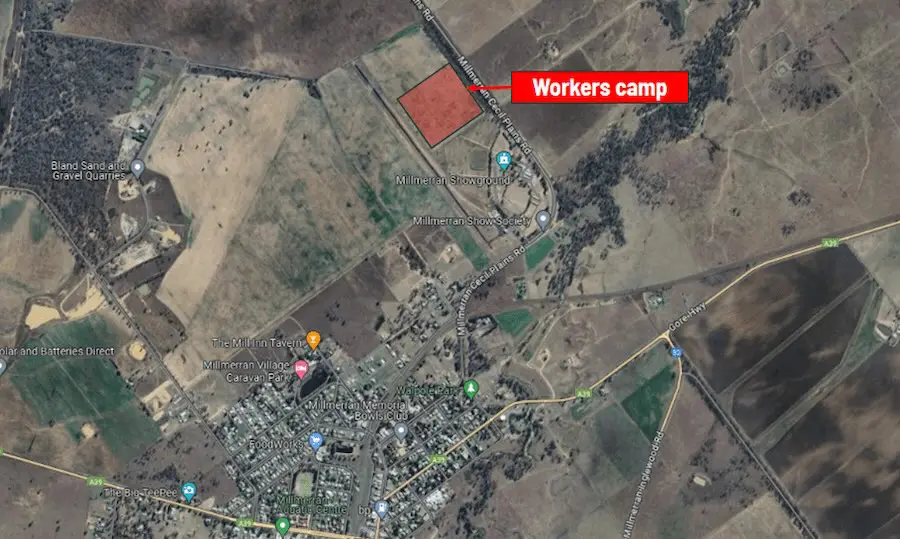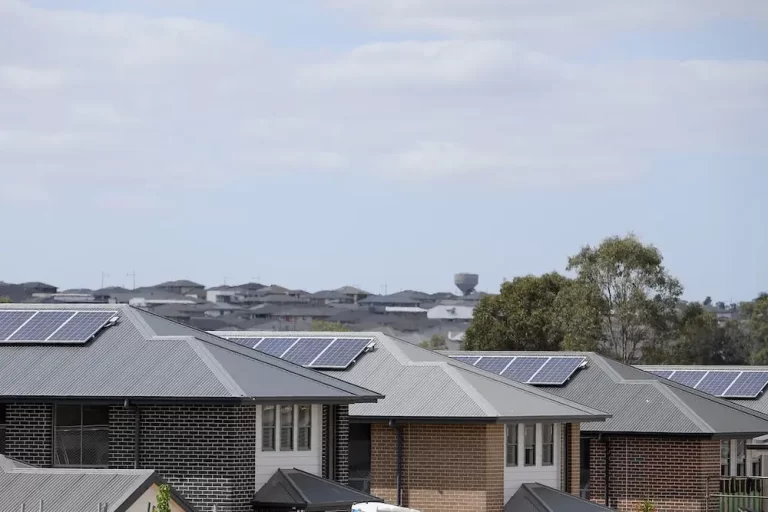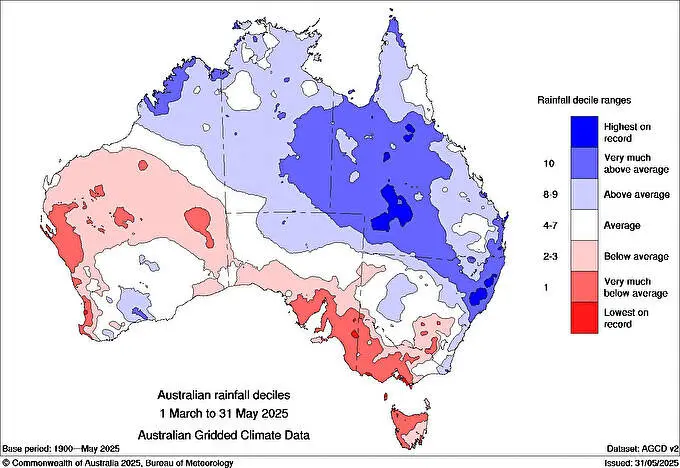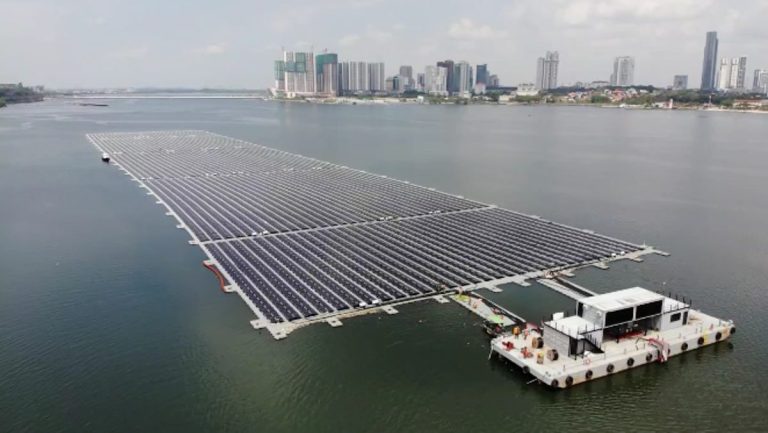Queensland Solar Project Faces Legal Challenge from Local Egg Farm
Plans for the first phase of a significant solar and battery energy park, with a capacity of up to 2 gigawatts located southwest of Toowoomba in Queensland, have encountered a new obstacle due to a legal challenge regarding the accommodation for workers essential for the project’s construction.
Local media reported on Tuesday that an appeal has been filed with the Queensland Planning and Environment Court, contesting the Toowoomba Regional Council’s approval of a work camp designed to accommodate 800 workers for the 775 megawatt (MW) Bulli Creek Solar project, stage 1 (BCS-1).
Background of the Bulli Creek Solar Project
This ambitious project, now under the ownership of Genex Power, which is affiliated with Japan’s J Power, has been in the works for over a decade. It received local government development approval back in 2015 and was cleared through the federal EPBC process in 2017.
Construction for the 775 MW BCS-1 was slated to commence this year, following an offtake agreement secured last year with Stanwell Corporation for 550 MW of its solar capacity. The project website indicates that a final investment decision is anticipated by late 2025.
Concerns Over Worker Accommodation
To facilitate the influx of workers, the Toowoomba council recently approved plans for a work camp on the outskirts of Millmerran. However, these plans are now uncertain due to an appeal lodged by Doug Hall Poultry, a prominent local business and significant employer in the area, which has raised concerns regarding the council’s approval of the accommodation facility.
In a statement sent to Renew Economy, DA Hall expressed that the appeal stems from worries about transparency, accountability, and the long-term implications of the work camp on the local community. The company clarified, “We do not oppose the need for the project or key infrastructure to support future renewable projects. What we do oppose is the way this particular proposal has been brought forward – without sufficient safeguards for our town and its people.”
Specific Issues Raised in the Appeal
The poultry farm highlighted several issues in its appeal, including inadequate assessments of social impacts during both the construction phase and after decommissioning, as well as community safety risks associated with a large number of non-resident workers arriving in the area.
Additionally, the company expressed concerns regarding the absence of legally binding commitments for community contributions, which currently depend on internal project milestones rather than fixed obligations. Other issues raised include a lack of emphasis on local content, insufficient traffic and road impact assessments, and flawed assumptions regarding commuting workers who would not reside in the camp.
“We believe Council’s current conditions do not go far enough to protect our community or secure the positive outcomes promised,” the statement concluded.
Challenges Faced by the Bulli Creek Energy Park
This legal challenge is just one of several hurdles that have hindered the advancement of the Bulli Creek Energy Park, which has changed ownership multiple times, transitioning from First Solar to Solar Choice, and now to Genex in collaboration with Japan’s Electric Power Development (J Power).
At one point, iron ore magnate Andrew Forrest was involved, with his company Fortescue Metals signing an agreement to take 337 MW of output from the Bulli Creek solar project for its now-defunct Gibson Island green hydrogen initiative. However, the Gibson Island Power Purchase Agreement (PPA) began to falter in early 2024 when Fortescue Metals failed to meet a second deadline for financial closure on the green hydrogen plant, prompting Genex to seek other potential off-takers, ultimately securing a deal with the government-owned Stanwell Corporation.
According to documents submitted to the federal government’s EPBC portal, developers engaged in a “proactive engagement” campaign with neighbours, and notably, “no objections were lodged by any member of the public during the planning approval process with Toowoomba Regional Council.”






